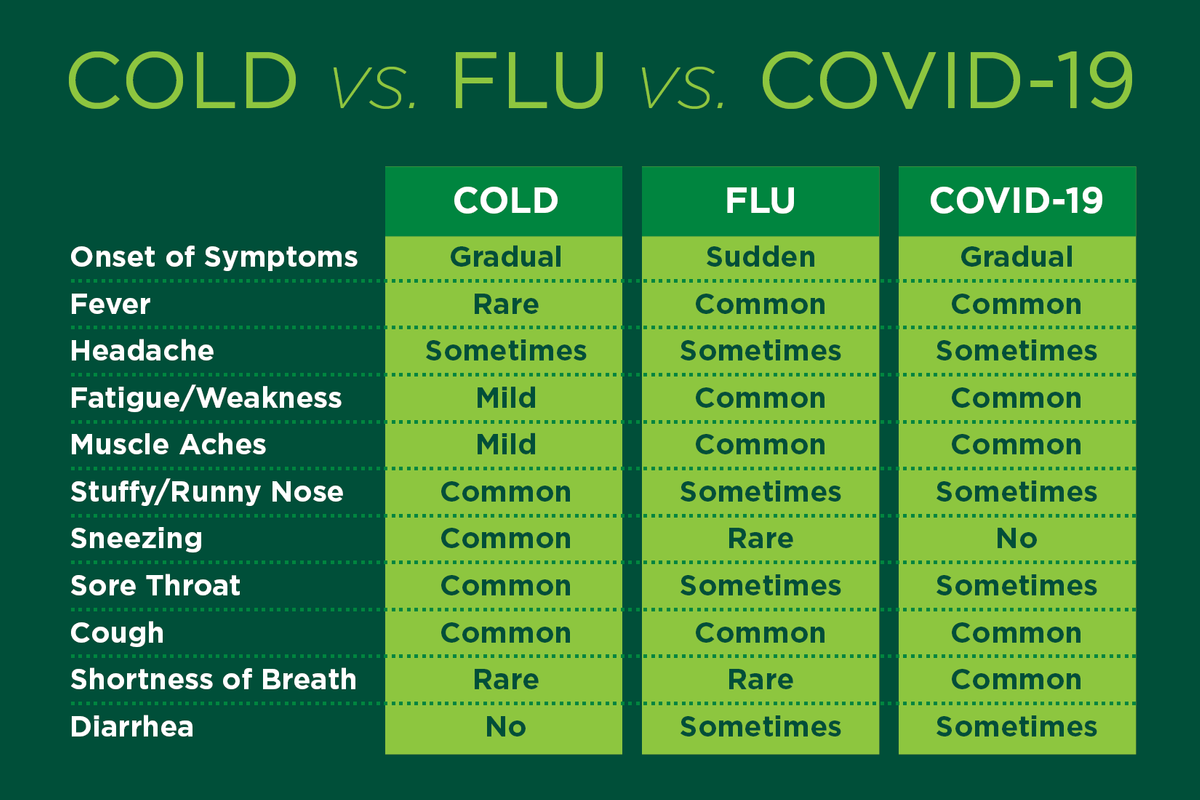As respiratory infections rise in New York City and elsewhere, doctors are advising on when to see a doctor for cold and flu symptoms. COVID-19, respiratory syncytial virus (RSV), and influenza are in high concentrations in New York City and other hotspots, known as the “tripledemic” by the CDC.

Photo from Google
Prolonged Cold and Flu Symptoms: When to Seek Medical Attention
The CDC reports that a runny nose or persistent cough can remain up to 14 days after a normal cold sets in. In contrast, influenza, RSV, COVID-19, and other virus symptoms endure seven days to two weeks.
Dr. Lena Wen advises seeing a doctor if symptoms persist for more than two weeks. Lack of breath, chest pain, and difficulty absorbing fluids require medical treatment. Newborns, the elderly, and individuals with underlying health concerns are more likely to have severe symptoms and should seek medical attention. Dr. Wen warns that untreated viral infections can become bacterial. She adds that prolonged symptoms may suggest another issue requiring medical treatment.
While there are general guidelines for when to see a doctor, Dr. Wen advises people to listen to their bodies and seek treatment when needed. Keeping sick people home, maintaining excellent cleanliness, and getting vaccinated are essential to preventing disease spread.
READ ALSO: Doctor’s Life Hacks, Instant Nausea Cure, Transforming Healthcare Norms!
Urgency Persists: Health Officials Advocate Vaccinations Amidst Complacency and COVID Fatigue
Public health efforts are hampered by complacency and “COVID fatigue” despite respiratory infection prevention efforts. Health professionals stress the need for immunization, with new COVID-19 booster injections and FDA-approved RSV vaccines.
Wisconsin health officials recently advised pregnant women to acquire a new RSV vaccine to prevent infant deaths. Vaccinations remain urgent even as public attention swings away from the COVID-19 pandemic’s early days.
To stay cautious, emphasize preventative actions, and seek medical assistance immediately for prolonged or severe symptoms, especially in high-risk populations.

















































